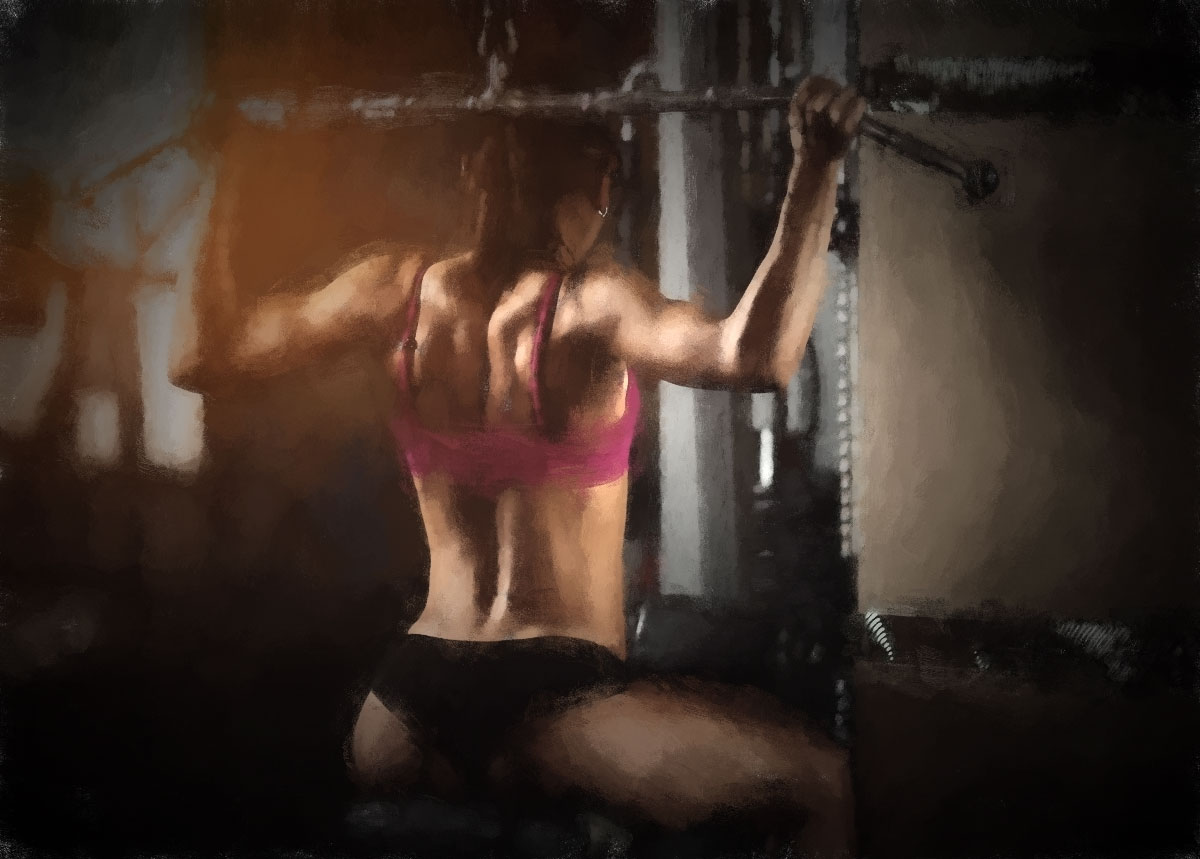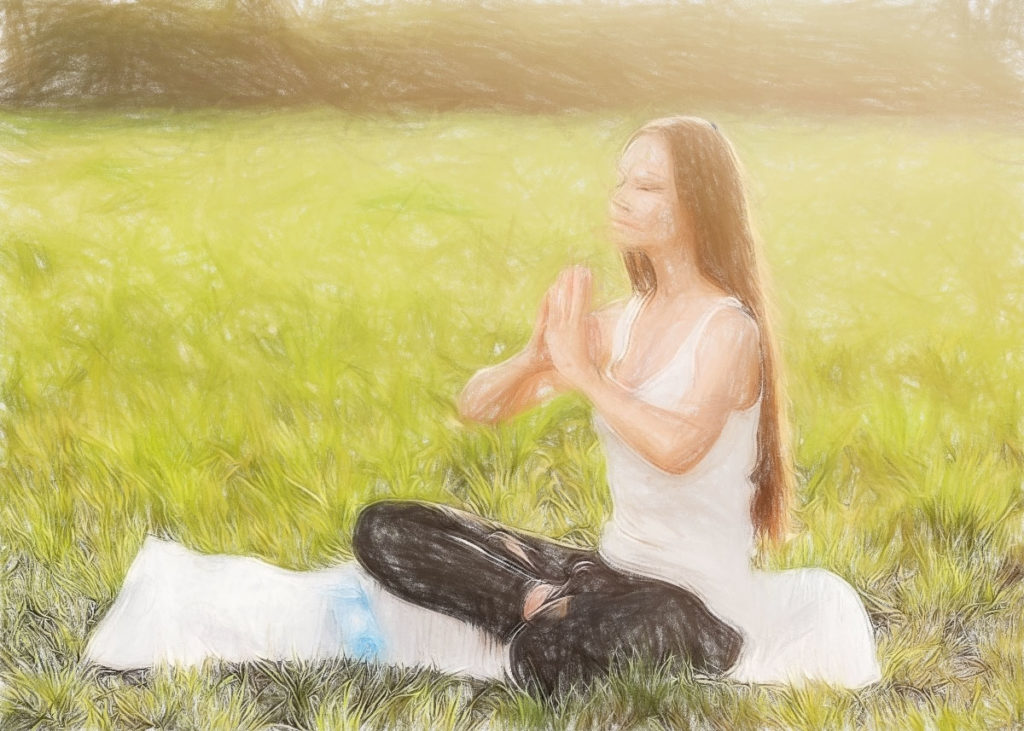Lessons Learned at the Gym

I was at the gym today doing a regular workout. I pushed it too hard and was exhausted by the end of it. I got injured — pulled a hamstring. My top lesson learned: don’t go to the gym. Especially on Friday the 13th. It sucks.
So I did yoga instead.
Keeping a yoga practice may be an effective method stay, to reduce stress and calm the mind. But in regards to anxiety alleviation, not all yoga poses are created equal: Some postures are especially successful for encouraging anxiety relief, relaxation and restfulness.
Seated bearings like child’s pose can induce feelings of calm and help place your head in a meditative state, while empowering positions like standing forward bending and eagle pose can calm the mind while energizing the body.

When stress creeps into your relationship with your body, bank account, manager, beloved, or otherwise supposed sources of strength, give this soothing work out a try. Surrender to serenity and some yoga is yours–and you can take that right to the bank.
Use this sequence to calm your nerves after a stressful day.
Studies show that chronic stress increases the likelihood of growing emotional and physical issues, such as ulcers, high blood pressure, immune dysfunction, and melancholy and inhibits your capacity to heal.
The cycle is helpful to train body responses and your thought processes to slow down, to break it. Restorative yoga helps repair well-being with gentle postures that relieve the strain and fatigue we collect during daily life.
The following poses, supposed to be performed as a sequence, are built to alleviate tension that was muscular that was pent up and stimulate the immune and lymphatic systems. Use the poses to build your own practice centered on the time you have available.
Stay in each pose for one to two minutes always end in Savasana, the classic yogic posture of deep relaxation where you’re lying down, and while breathing deeply but still alert. (In fact, just this one stance done three times weekly can do wonders.) Taking time to experience calm and the remainder that come from restorative yoga’s healing practice will help reduce your anxiety levels, improving your overall health and well-being.
Namaste.
Begin with your feet securely planted and arms. As you inhale, cross your arms out and upward to the sides (palms facing the ceiling) until the palms meet overhead (shown left). Exhale with the hands touching and slide them down before your face, stopping at your heart (inset). Repeat this three to five times, linking move and breath. Keep your attention on your breath.
With your hands shoulder-width apart, place your palms against door or a wall. Start to walk your feet away from the wall and slide your hands down and shoulders are at about the height of your hips. Keeping knees slightly bent, lean your body away from the wall and press on your hands gently into it (shown right) to extend the muscles that run along the back, where lots of people tend to hold tension.
Let your head take several deep breaths, and to drop marginally. With each exhale, focus on relaxing the area around your jaw, as the muscles are inclined to clamp down when you are under pressure a few of the most powerful in your body and there are. Once you are prepared to come out of the pose, walk back toward the wall slowly to prevent any light-headedness.
Shoulder Stretch
Stand so one side of your system is facing the wall with a space and your body of about three-quarters the length of your arm. Reach the arm closest to the wall behind you and place your palm.
Keeping the hand in place, gently rotate your own body away from the wall (shown left), extending the shoulder area. Breathe fully and intensely for several breaths. Feel this pose releasing tightness around neck, the shoulder, upper back, and upper torso.
Come out of the pose by inhaling and extending the fingertips up to the ceiling, then letting your arm swing front to back at your side. Turn so your body’s other side faces the wall and repeat.
Child’s Pose
Begin in your hands and knees with the knees wider than the hips, and then sit back onto your heels. Extend your arms out in front (shown right) or drape them, palms upward, back by the sides toward your feet. If you feel any discomfort in your knees, place some padding beneath them and/or between your heels and buttocks. You may also rest forehead and your upper body on pillows or stacked blankets if lowering to the floor feels uneasy.
Breathe deeply and feel the muscles stretch around the rib cage. Take several deep breaths and after that walk your hands to one other side. Once you are ready, walk your hands toward your knees and return to your seated posture.

Recent Comments